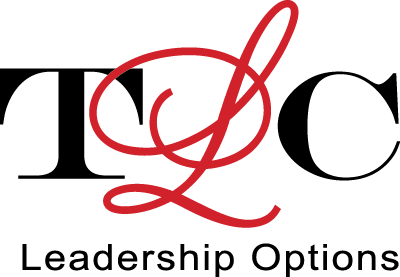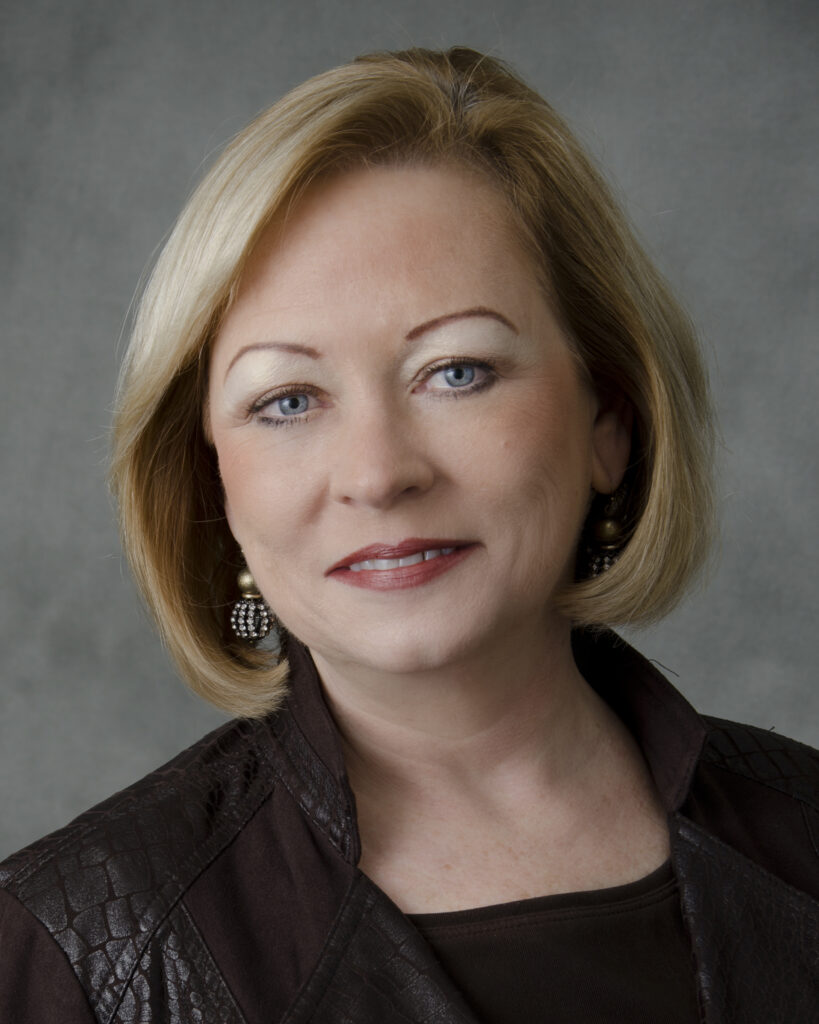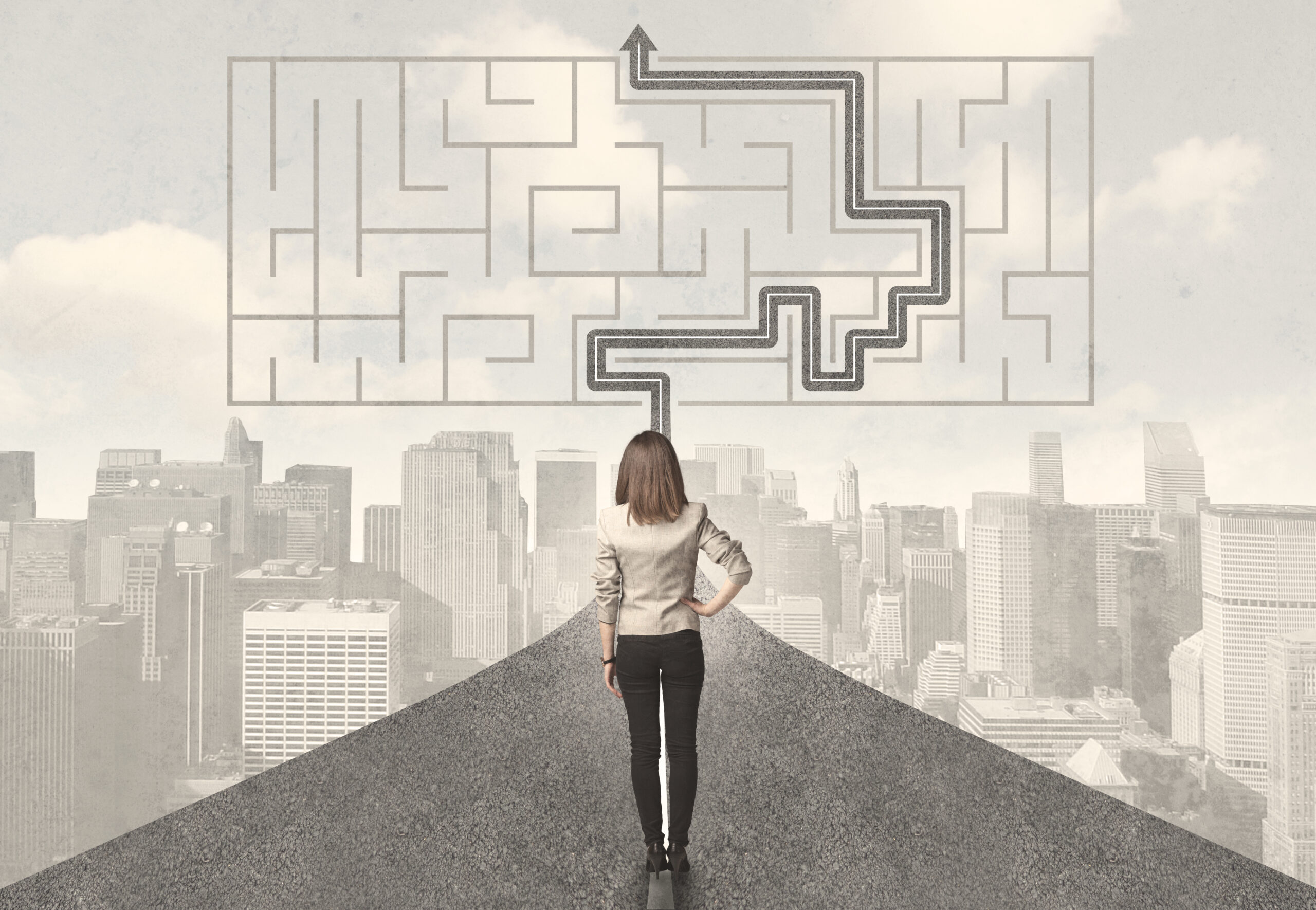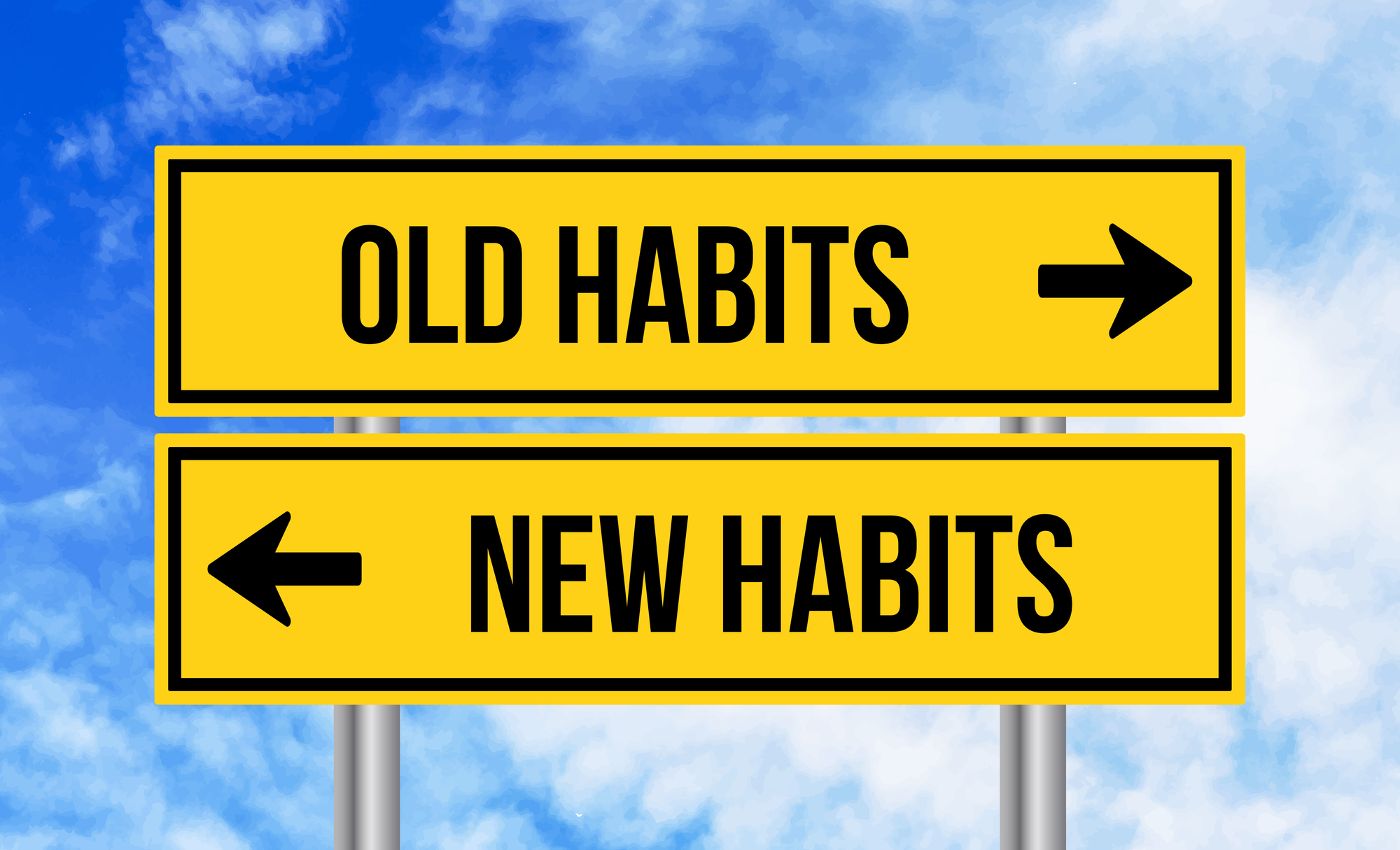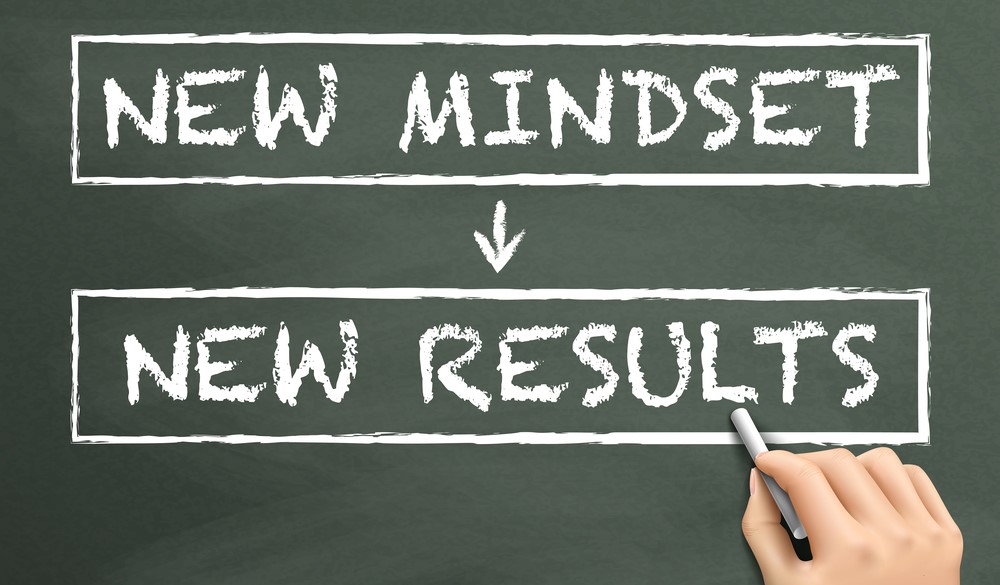2021 has been another tough year for many of us. There has been family stress, job stress, and health stress. Many things have changed and continue to change, due to the pandemic. The New Year is a good time to take a moment and reflect on what we might do to preserve or enhance our state of mind and spiritual energy now and in the coming months. Getting outside and enjoying nature in the fall was a balm for me. In cold and blustery weather, enjoying outside light shows, music, and the decorations from the holidays brings some of us joy.
We can also find joy in helping and supporting others, whether that means through giving of our time, our talent, or our treasure. This can happen anywhere: the office, a nursing home, the church, or a soup kitchen. Many of you already engage in such activities.
Whether or not you are consciously “giving back” in some way, there is one thing we can all do. We can become servant leaders. “Servant leader” is a term coined by Robert K. Greenleaf in 1970, reflecting the concept that a great leader wants to serve first, and help others achieve their highest priority needs.
Effective leadership today is other-centered and values-driven and completely compatible with a servant-leader way of life. Great leaders are relationship-driven servant leaders that live by and practice values of authenticity, empathy, service, and humility. They are resonant leaders who practice mindfulness, reflect hope, and see others with compassion.
The good news is we can model new behavior and literally create new neural pathways in our brains that make the new behavior our default behavior. It’s like practicing a sport or visioning an activity.
This story illustrates the impact of changing one’s behavior and practicing compassion and respect:
The Rabbi’s Gift
This story concerns a monastery that had fallen on hard times.
Once a great order, all its branch houses were lost. There were only five monks left—the Abbot and four others, all over seventy in age.
In the deep woods surrounding the monastery, there was a little hut that a Rabbi occasionally used for a hermitage. As the Abbot agonized over the imminent death of his order, it occurred to him that he should visit the Rabbi and seek his advice and counsel.
The Rabbi welcomed the Abbot at this hut. But when the Abbot explained the purpose of his visit, the Rabbi could only commiserate with him.
“I know how it is,” he exclaimed. “The spirit has gone from my synagogue as well.”
“Is there nothing you can tell me,” the Abbot pleaded, “no piece of advice you can give me that would help save my dying order?”
“No, I am sorry,” the Rabbi responded. “The only thing I can tell you is that the Messiah is one of you.”
When the Abbot returned to the monastery, his fellow monks gathered around him to ask, “Well, what did the Rabbi say?”
“He couldn’t help,” the Abbot answered. “We just wept and read the Torah together. The only thing he did say—just as I was leaving—was something cryptic. He said that the Messiah is among us. I don’t know what he meant.”
In the days, weeks, and months that followed, the old monks pondered this and wondered if there were any possible significance to the Rabbi’s words. The Messiah is one of us? Could he possibly have meant one of us monks here at the monastery? If that is the case, which one?
As they contemplated in this manner, the old monks began to treat each other with extraordinary compassion and respect on the off-chance that one among them might be the Messiah. And on the off, off-chance that each monk himself might be the Messiah, they began to treat themselves with extraordinary respect.
The forest in which the monastery was situated was beautiful, and so people still occasionally came to picnic on its tiny lawn and to wander along some of its paths. Without even realizing it, the visitors sensed this aura of extraordinary respect that now began to surround the five old monks and seemed to permeate the atmosphere of the place. There was something strangely attractive, even compelling, about it. Hardly knowing why, they began to bring their friends to show them this special place. And their friends brought their friends.
And then it happened that some of the younger men who came to visit the monastery started to talk more and more with the old monks. After a while one asked if he could join them. Then another. And another. Within a few years, the monastery had once again become a thriving order and, thanks to the Rabbi’s Gift, a vibrant center of light and spirituality in the realm.
From THE DIFFERENT DRUM, copyright 1987, by M. Scott Peck, M. D., P. C., reprinted by permission of Simon & Schuster, Inc.
Change starts with each one of us. Mahatma Gandhi said: “Be the change you want to see in the world.” The world is a stressful place but if we practice compassion and respect every day, we can make it better!
